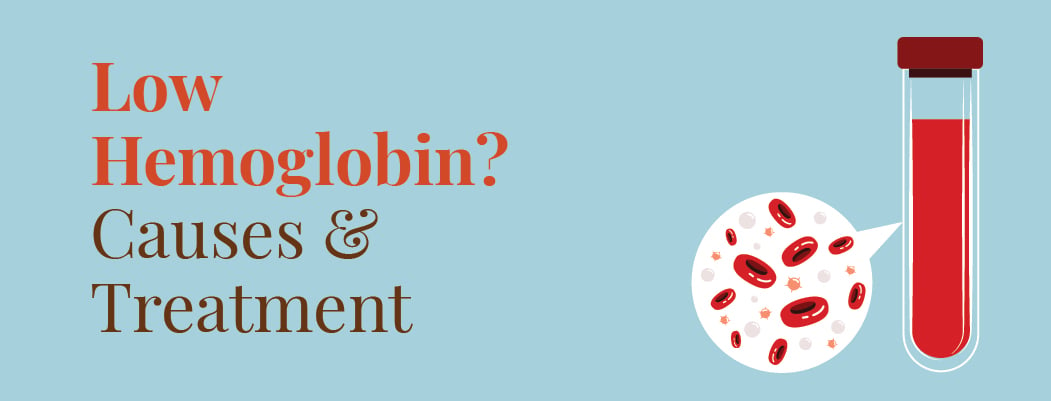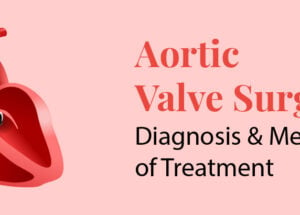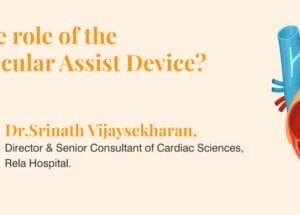Low Haemoglobin Levels: Causes and Treatment
April 11, 2023

Haemoglobin is an essential protein in our red blood cells that carries oxygen throughout the body. It is responsible for delivering oxygen to our tissues and organs, and without enough Haemoglobin, our body may not be able to function properly. Low Haemoglobin levels, also known as anaemia, can be caused by several factors, including nutritional deficiencies, chronic diseases, and genetic disorders.
What is Haemoglobin?
Haemoglobin is a protein in our red blood cells that binds with oxygen and carries it to different parts of the body. It is responsible for the red color of our blood and helps in the exchange of oxygen and carbon dioxide. Haemoglobin is composed of four protein molecules (globulin chains) and four heme groups, which contain iron molecules. Iron is an essential mineral that is needed for the production of Haemoglobin.
High Haemoglobin levels
High Haemoglobin levels, also known as polycythemia, can be caused by several factors, including dehydration, smoking, living at high altitudes, or having a medical condition that affects the production of red blood cells. Symptoms of high Haemoglobin levels may include fatigue, headaches, dizziness, and shortness of breath.
Low Haemoglobin levels
Low Haemoglobin levels, also known as anaemia, can be caused by several factors, including nutritional deficiencies, chronic diseases, genetic disorders, or blood loss. Anaemia is a common condition that affects millions of people worldwide. Women, young children, and individuals with chronic diseases are at higher risk of developing anaemia.
What happens when haemoglobin is low?
When Haemoglobin levels are low, our body may not be able to transport enough oxygen to different parts of the body. This can result in several symptoms, including fatigue, weakness, shortness of breath, dizziness, headache, and pale skin. In severe cases, low Haemoglobin levels can lead to organ damage and even death.
Symptoms of low haemoglobin
Some of the common symptoms of low Haemoglobin levels include:
- Fatigue and weakness
- Shortness of breath
- Dizziness or lightheadedness
- Pale skin
- Headaches
- Cold hands and feet
- Irregular heartbeat
- Chest pain
- Cognitive problems
Risk factors of low haemoglobin
Anemia can be more likely to develop in older individuals or those with insufficient dietary iron intake. Those who engage in intense physical activity are also at higher risk due to the breakdown of red blood cells during exertion. Additionally, women who are pregnant or menstruating may be at an increased risk of anemia.
Individuals with chronic health conditions such as autoimmune disorders, liver or thyroid disease, and inflammatory bowel disease may have lower hemoglobin levels, predisposing them to anemia.
Higher hemoglobin levels are often a response to increased oxygen demands in the body, so those with lung or kidney disease, smokers, and those who are dehydrated may be at an increased risk of elevated hemoglobin levels.
At what level is Haemoglobin dangerously low?
Haemoglobin levels below 7 grams per deciliter (g/dL) are considered dangerously low and may require immediate medical attention. However, the severity of symptoms may vary depending on the underlying cause and individual health status.
How do you fix low Haemoglobin?
The treatment for low Haemoglobin levels depends on the underlying cause. For nutritional deficiencies, such as iron or vitamin deficiencies, dietary changes or supplements may be recommended. In cases of blood loss, blood transfusions or other medical procedures may be necessary. Chronic diseases, such as kidney disease or cancer, may require medication or other treatments to manage anemia.
What can I do at home to treat low Haemoglobin?
There are several things you can do at home to improve your Haemoglobin levels, including:
- Eating a balanced and nutritious diet rich in iron, vitamins, and minerals
- Taking iron supplements or multivitamins
- Avoiding alcohol and smoking
- Staying hydrated
- Getting enough rest and sleep
- Regular exercise
However, it is essential to consult with a healthcare professional before starting any new supplements or making significant changes to your diet or lifestyle.
When to see a doctor and who to consult for low Haemoglobin?
If you are experiencing symptoms of low Haemoglobin levels, it is essential to see a healthcare professional for proper diagnosis and treatment. Your primary care physician may refer you to a specialist, such as a hematologist or gastroenterologist, depending on the underlying cause of your anemia. Some common tests used to diagnose anemia include a complete blood count (CBC), iron studies, and bone marrow biopsy.
Summary
Low Haemoglobin levels can be caused by several factors and can lead to several symptoms that can affect your quality of life. It is essential to consult with a healthcare professional if you are experiencing any symptoms of anemia to receive proper diagnosis and treatment. Treatment for low Haemoglobin levels depends on the underlying cause, and several options are available, including dietary changes, supplements, medication, or medical procedures. Additionally, making healthy lifestyle choices, such as a balanced diet and regular exercise, can help improve your Haemoglobin levels and overall health.
People also ask
1. What happens when your Haemoglobin is too low?
When your hemoglobin is too low, it means your blood lacks an adequate number of red blood cells, which can result in anemia. Hemoglobin is a protein found in red blood cells that is responsible for carrying oxygen throughout the body. If your hemoglobin is too low, your body’s tissues may not receive enough oxygen, leading to fatigue, weakness, and shortness of breath.
2. What is the main cause of low Haemoglobin?
The main cause of low hemoglobin is a lack of iron in the body, which is necessary for the production of red blood cells. Other causes can include chronic diseases such as kidney disease, cancer, or HIV/AIDS, and certain medications that can interfere with the body’s ability to produce red blood cells.
3. How do you treat low Haemoglobin?
Treatment for low hemoglobin depends on the underlying cause. If the cause is a lack of iron, then iron supplements or dietary changes to increase iron intake may be recommended. In more severe cases, blood transfusions may be necessary. Addressing any underlying conditions is also important to prevent further complications.
4. When is low Haemoglobin level critical?
A low hemoglobin level is considered critical when it falls below 7 g/dL. At this point, the body may not be able to function properly due to a lack of oxygen, and medical attention is necessary. Symptoms of critical low hemoglobin levels can include chest pain, confusion, difficulty breathing, and rapid heartbeat. If you experience any of these symptoms, seek medical attention immediately.







